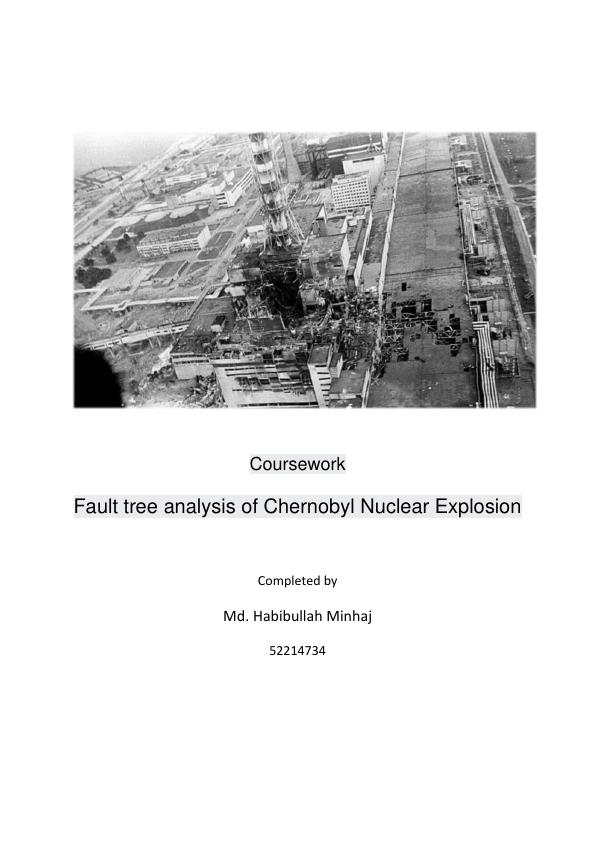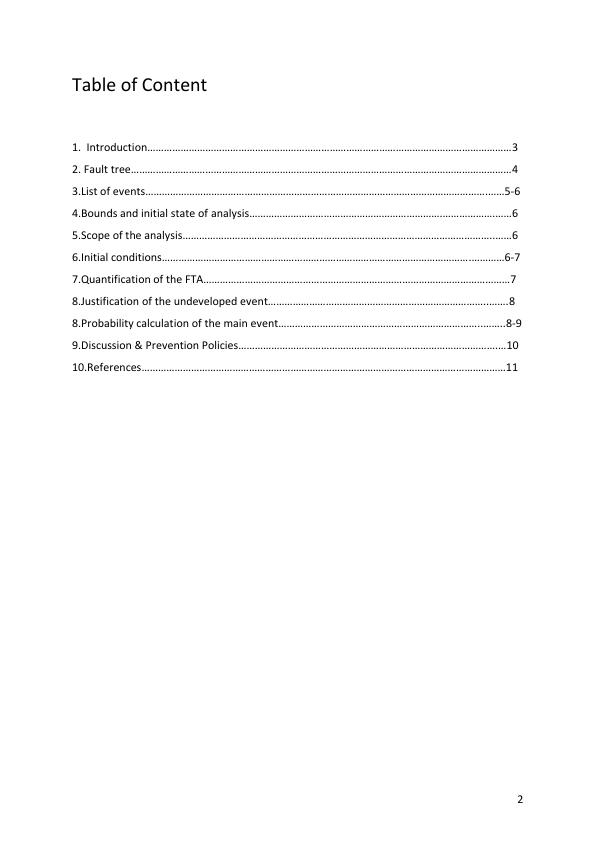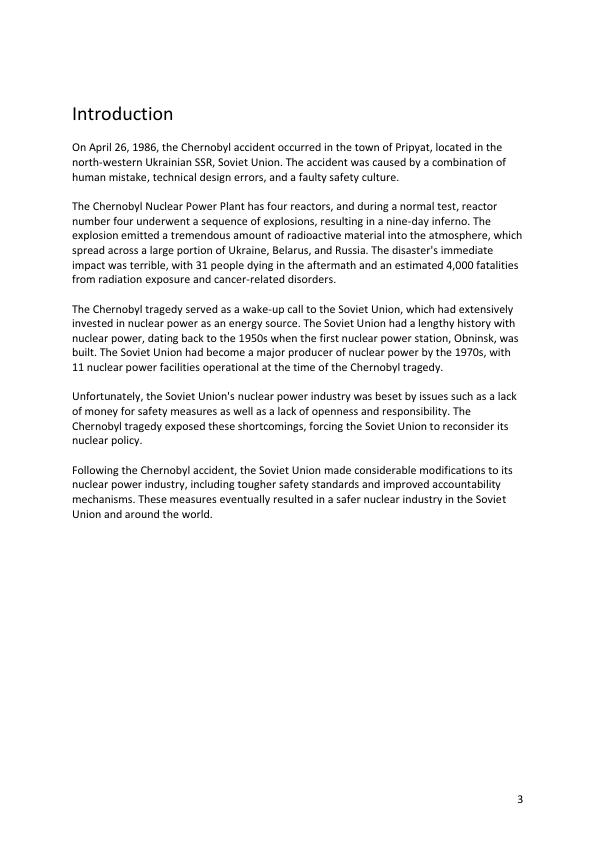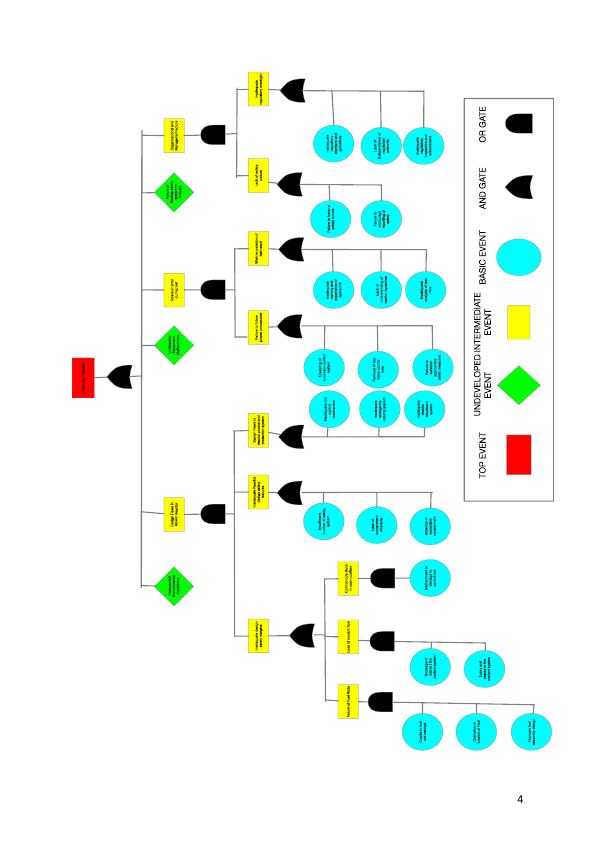Fault tree analysis of Chernobyl Nuclear Explosion
11 Pages2714 Words124 Views
University of Aberdeen
Engineering Risk and Reliability Analysis (EG55P6)
Added on 2023-04-24
About This Document
- This coursework is about the fault tree analysis of the Chernobyl nuclear explosion.
- The disaster served as a wake-up call to the Soviet Union, leading to considerable modifications to its nuclear power industry, including tougher safety standards and improved accountability mechanisms.
- The fault tree lists basic, intermediate, and undeveloped events that may have contributed to the disaster.
- The analysis explores the causes and contributing factors of the Chernobyl disaster, including design flaws in the RBMK reactor, operator errors and actions, and organizational and managerial factors.
- The scope of the analysis includes a detailed examination of the RBMK reactor design and its safety features, actions of the operators leading up to the disaster, and the organizational and managerial factors that played a role in the disaster.
Fault tree analysis of Chernobyl Nuclear Explosion
University of Aberdeen
Engineering Risk and Reliability Analysis (EG55P6)
Added on 2023-04-24
ShareRelated Documents
End of preview
Want to access all the pages? Upload your documents or become a member.
Chernobyl Disaster 1986 | Report
|19
|4893
|26
Chernobyl Nuclear Accident 1986: Details, Impact and Legacy
|8
|1839
|101
Fault Tree Analysis
|10
|2526
|75
Human Factors Investigation in Disasters- Report
|13
|2534
|241
Three Mile Island Nuclear Disaster of 1979
|8
|2027
|404
Environmental Pollution and Remediation 19
|20
|6601
|406




